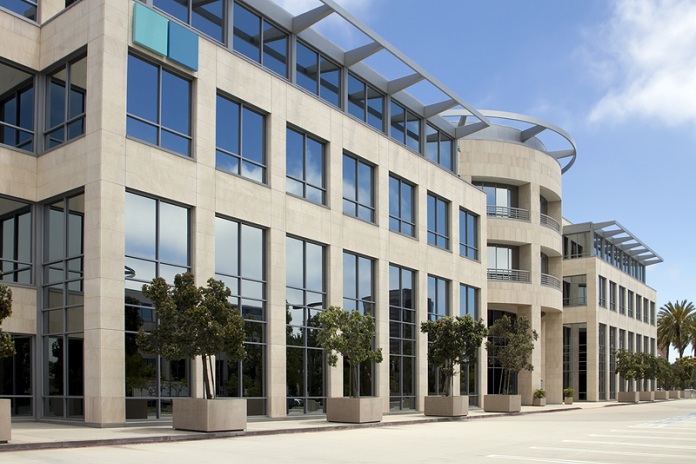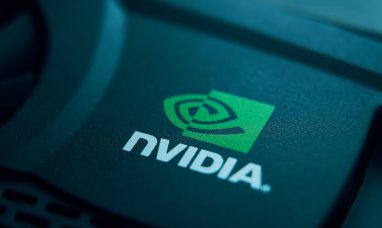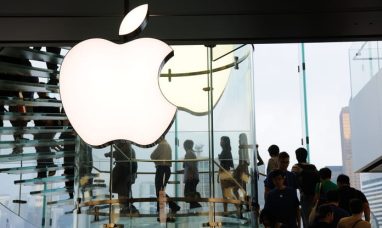In recent years, labor activism in America has seen a resurgence across major industries, marked by strikes and negotiations over wages, working conditions, and the impacts of technology. This wave of labor actions reflects a growing dissatisfaction among workers who are demanding a fair share as companies report strong profits. Labor strikes, like the recent Boeing (NYSE:BA) strike near Seattle, underscore a new era of labor activism that’s sweeping across various sectors from manufacturing to healthcare.
Boeing Workers Lead the Charge in Labor Activism
Aircraft assembly workers at Boeing’s Seattle-area factories recently ended a seven-week strike, signaling worker frustration in the aerospace sector. Members of the International Association of Machinists and Aerospace Workers voted to approve Boeing’s fourth offer, which included pay and benefit adjustments that reflect the current economic pressures. This strike adds to the growing trend of organized labor flexing its power in workplaces nationwide, pushing for fairer wages and better benefits.
The Rise of Labor Strikes Across the U.S.
According to Cornell University’s School of Industrial and Labor Relations, 2023 saw approximately 470 work stoppages, up by 9% from the previous year, with an astounding 141% increase in the number of workers involved. Unions such as the United Auto Workers (UAW), Teamsters, and now, the International Association of Machinists and Aerospace Workers have demonstrated that they are willing to strike to secure fair compensation. Their goal: to ensure workers receive wages and benefits that reflect the soaring profits companies have recorded over the last several years.
UAW Secures Historic Gains for Auto Workers
The United Auto Workers (UAW) recently ratified new contracts with Ford (NYSE:F), Stellantis (NYSE:STLA), and General Motors (NYSE:GM), marking a significant victory for autoworkers. The contracts provide top-tier assembly workers with immediate raises, wage growth, and the elimination of multi-tier wage structures. As the auto industry pivots to electric vehicle production, these agreements also include commitments to bring new electric vehicle battery plants into the union contract, paving the way for union influence in emerging technologies.
Teamsters Win Major Concessions from UPS
Teamsters union members who work for UPS (NYSE:UPS) also secured a landmark contract after tense negotiations. The five-year agreement includes pay raises, starting hourly rates of $21 for part-time workers, and protections such as limits on forced overtime for drivers. UPS committed to improving working conditions with air conditioning in trucks and ending driver-facing cameras, addressing long-standing worker concerns over privacy and safety. This contract exemplifies how unions are not only focusing on wages but also on improving day-to-day working conditions.
Healthcare Workers and Kaiser Permanente: A Deal for Fair Wages
In October, unions representing 85,000 healthcare workers reached a tentative agreement with Kaiser Permanente after a significant strike over staffing and wages. This agreement includes a minimum hourly wage of $25 in California, along with a 21% increase over four years. Workers also gained assurances around staffing levels, which is crucial in a sector facing chronic shortages. Kaiser’s deal reflects labor’s growing influence in sectors that directly impact public welfare, where adequate staffing is essential for patient care.
Hollywood and AI: The Battle Over Technology in Labor Agreements
The Screen Actors Guild-American Federation of Television and Radio Artists (SAG-AFTRA) went on strike this past year, demanding protections against the use of artificial intelligence (AI) in entertainment. The strike led to an agreement that limits exploitative uses of AI, includes safety precautions for performers, and secures wage improvements. These AI-focused protections highlight a new frontier in labor activism, where unions are addressing technology’s role in shaping the future of work and ensuring that innovation does not come at the expense of human labor.
The Future of Labor Activism: Automation and Job Security
The resurgence of labor activism in America extends to industries facing automation threats, such as dockworkers at East and Gulf Coast ports. The International Longshoremen’s Association recently reached a tentative agreement, temporarily suspending a strike. As automation continues to change the job landscape, labor unions are increasingly negotiating not only for fair wages but also for protections against job loss due to technological advances.
Conclusion: Labor Activism is Here to Stay
The recent wave of labor activism across the U.S. marks a turning point in labor relations, with unions taking stronger stances to protect worker interests. From Boeing and UPS to healthcare and entertainment, unions are securing significant gains in pay, job security, and working conditions. As labor strikes continue to rise, corporate America must adapt to this renewed labor momentum and the evolving demands of workers in a changing economy.
Featured Image: Megapixl @ Imdan









